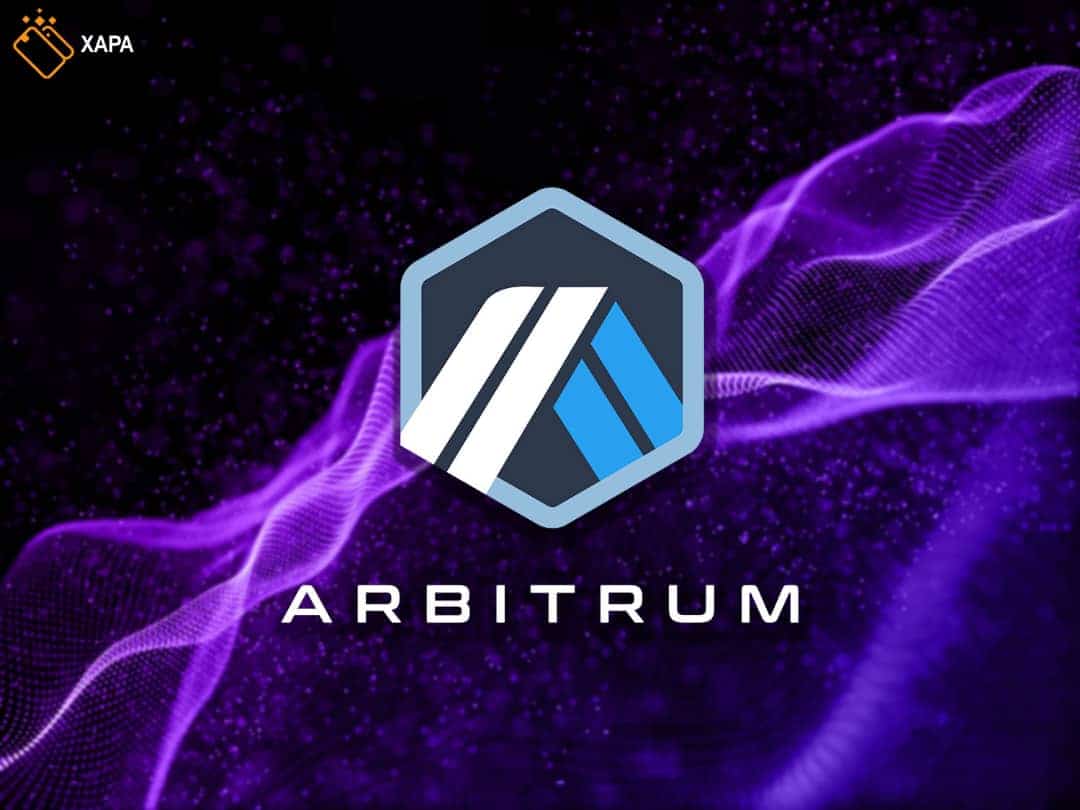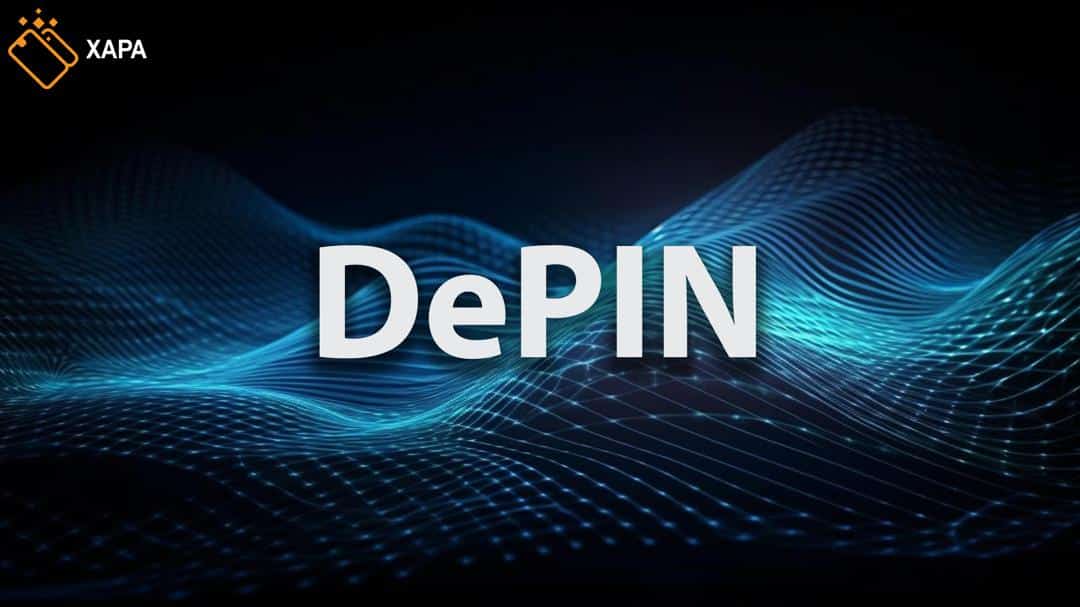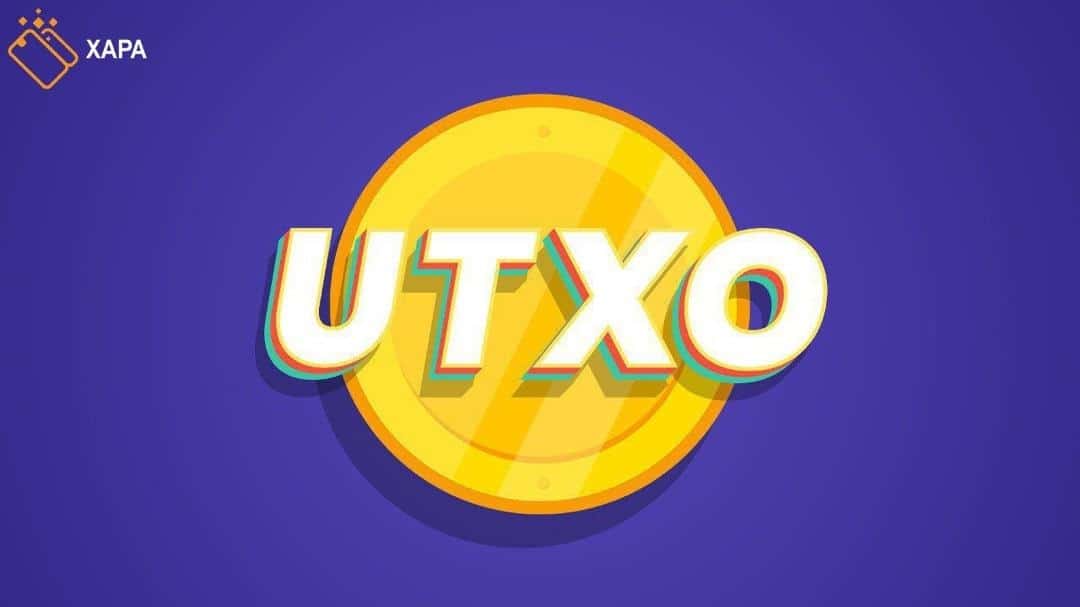
Everything You Need To Know About Arbitrum
The Ethereum network has quite a lot of remarkable features; it is home to a prosperous and growing decentralized finance (DeFi) industry, it is decentralized, reliable and unfailing, and supports smart contracts that are written in developer-friendly languages. It really is extraordinary!
In spite of all that, it has always been slow and expensive to use, which explains why many users are moving to other blockchains such as Solana, Avalanche or Fantom, and it will probably remain the same for the next couple of years if planned network upgrades don’t speed things up a little bit.
That is where Layer 2 scaling solutions like Arbitrun come in! A scaling solution is in fact a method of enabling a system’s expansion. They are basically pieces of software that sit on top of a blockchain, in this case Ethereum, to improve its efficiency by making it cheaper and faster without hurting the existing operations.
How does it work?
The Ethereum network is the primary chain, on which all on-chain transactions occur. In order to make it easier to understand and avoid unnecessary complications, we can imagine layer 2 scaling solutions as separate layers that are connected to either side of the primary chain. Now why does the Ethereum network need a layer 2 scaling solution like Arbitrum? The Ethereum network’s transaction throughput is limited to around 14- 15 transactions per second. As a result, the network gets congested with traffic when a large number of users make transactions, causing higher rates of fees. Arbitrum on the other hand, manages to race ahead at roughly 40,000 transactions per second, generally resulting in a 10x reduction in transaction costs.
How is it done?
Using a type of data compression technique called ‘Optimistic Rollups’, Arbitrum ‘rolls up’ groups of transactions into one transaction, so that the blockchain can easily process the rolled up transaction, instead of having to confirm each individual transaction held within the rollup. In other words, Arbitrum saves time and more importantly, money, by confirming multiple transactions at once. Arbitrum’s optimistic rollups make magic happen by collecting groups of transactions, settling them on a sidechain, rolling them into blocks, and sending the rolled up blocks to the Ethereum blockchain ledger. The reason these rollups are called optimistic is that they assume that the transactions within a rollup are valid, and if by any chance a validator suspects fraudulent behavior, they can oppose transactions through a dispute resolution mechanism.
Follow Xapa on social media and stay tuned for more!






change your destiny
I’m really impressed along with your writing abilities as smartly as with the structure to your blog. Is this a paid topic or did you modify it yourself? Anyway stay up the excellent quality writing, it is uncommon to peer a nice weblog like this one today!
kryptocasinoschweiz.ch
A growing trend is digital platforms like kryptocasinoschweiz.ch, offering crypto-based games. These attract users with fast transactions, anonymity, and modern interfaces, reshaping traditional gambling into a futuristic experience.
^Inscrieti-va pentru a obtine 100 USDT
I don’t think the title of your article matches the content lol. Just kidding, mainly because I had some doubts after reading the article.
Index Home
Thank you, your article surprised me, there is such an excellent point of view. Thank you for sharing, I learned a lot.